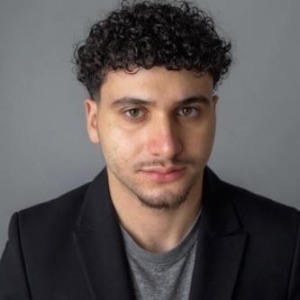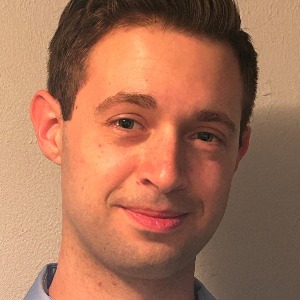Longus Muscle
The term "Longus Muscle" can refer to various muscles in the human body, each characterized by its elongated structure and function. Common examples include the longus muscles of the neck, back, and lower extremities. Longus Colli: This muscle is situated in the anterior aspect of the vertebral column in the neck. It plays a role in flexing the neck and stabilizing the cervical spine. Longus Capitis: Found in the neck, the longus capitis muscle helps with neck flexion and head movement. Longus Thoracis: This muscle is located in the thoracic region of the spine and aids in thoracic spine flexion. Longus Cervicis: Situated in the neck, the longus cervicis muscle contributes to neck flexion and stabilization. Longus Colli and Longus Capitis in the Leg: In the lower extremities, the longus muscles include the longus hallucis, longus digiti minimi, and longus capitis, among others. These muscles play crucial roles in foot and toe movements.
Functionally, the longus muscles are involved in maintaining posture, supporting the spine, and facilitating various movements of the neck, back, and limbs. Proper conditioning and rehabilitation of these muscles are important in orthopaedics and physical therapy to address issues related to posture, spinal stability, and movement dysfunction. Injuries or overuse of these muscles can result in conditions that may require therapeutic interventions for recovery and prevention of further complications.

Stephen S Tower
University of Alaska Anchorage, United States
Marcos Brioschi
American Academy of Thermology, United States
Wagih El Masri
Keele University, United Kingdom
Akash Ganguly
Warrington and Halton Hospitals NHS FT, United Kingdom
Hussein Jaber
University of Cambridge, United Kingdom




Title : Knotless suture repair for chronic lateral ankle instability: A systematic review & single- arm meta-analysis
Hussein Jaber, University of Cambridge, United Kingdom
Title : The UK profemur recall and implant cobaltism
Stephen S Tower, University of Alaska Anchorage, United States
Title : The tomographic phenotype and the genotype of wormain bones
Ali Al Kaissi, National Ilizarov Medical Research Center for Traumatology and Orthopaedics, Russian Federation
Title : Total Knee Arthroplasty (TKA) in hemophilic arthropathy: Modern outcomes and perioperative strategies
Jack Russek, Touro University California, United States
Title : Musculoskeletal and orthopedic implications of Gender-Affirming Hormone Therapy (GAHT): A PRISMA-Guided systematic narrative review
Jack Russek, Touro University California, United States
Title : New treatment of muscle contracture and joint contracture through muscle regeneration with mitochondrial dynamics
Ki Ji Lee, Busan Medical University, Korea, Republic of